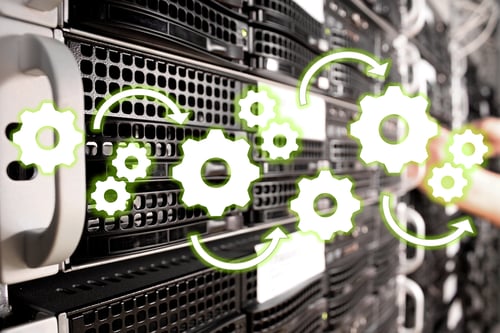Gartner, the world leading research and advisory company, has highlighted some of the key trends that infrastructure and operations leaders should start to prepare for in 2019. One of the Top 10 Trends Impacting Infrastructure & Operations is a dramatically sounding prediction: Death of the data center.
Gartner predicts that by 2025, 80% of enterprises will shut down their traditional data centers. This means that the infrastructures are changing to more agile environments, both on-premises and in the cloud, the most critical time frame being from 2021 to 2025.
The drivers for this trend are the pursuit for increased agility, scalability, ease of management, and lower costs. The role of IT is transferring closer to business, and they need to support the organization to be able to enter new markets faster and deliver services closer to the customer. For example, SaaS solutions, cloud services, outsourced hosting, and Edge computing are some of the possibilities that companies can utilize to achieve those goals.
The trend is clear, and we are seeing it in the visions of many of our customers. The schedule for the change to realize by 2025 might be optimistic, and not everyone is looking for example to transfer to cloud. But we will see that some change will happen—and that is why the IT management shouldn’t try to fight it, nor should they bury their heads in the sand. Smarter IT leaders will start preparing for it.
The importance of the database layer
It is very common to give the most attention to the parts of the infrastructure that are closest to the customer, such as the application servers. But why should you take a good look “under the hood”, deeper into the infrastructure, into the database server layer?
Data platforms are expensive. The database server layer, i.e. the data platform, forms one of the biggest expenses of the data centers.
Data platforms are a business-critical part of the infrastructure. The applications rely on the databases, and if there are hiccups in the database platform, it will cause a chain reaction and eventually hurt the customers’ user experience.
So, to succeed in the transformation of the whole infrastructure, which in most extreme case can mean the death of the data center, the data platform is a key focus area.
It is important to get ready for the change—so how to prepare?
Well prepared is half done, as they say, so it is good to start preparing for the change before there is a rush. Proactive planning will take you to the goal in a more controlled manner and with less expenses. Here are the steps you can take to prepare.
1. Take control of the starting point by making an assessment on where you are now.
Do you have a proper grip to your data platform and its database servers? How well aware are you on the architecture design, is the setup optimal or scattered? What is the utilization level? Are all software and hardware versions up-to-date and still supported by the vendors? How reliable the platform is, and is the performance level good enough? Can you summarize the overall situation of your data platform?
In case you can’t give a clear answer to the above, it is time to start putting more efforts into this. Conduct a comprehensive assessment on the current data platform to see the situation. Make sure to cover at least the following dimensions: architecture, performance, and capacity, in addition to creating an inventory on the servers. Is everything planned optimally and logically, or is there room for improvements? Do you have your database servers centralized or are they spread to different data centers geographically? How are the database servers connected to the application servers?
Once you know the current situation, you can start to make development plans to get ready for the future.
2. Make your architecture smarter.
Other dimension to think about is the decisions on utilizing cloud services. What applications could be transferred to cloud, and how to prepare for that? Are there applications that you can’t transfer to cloud, even in the future, leading you to a hybrid solution?
Are there other architectural changes needed for your business to reach its goals, and be able to utilize the latest technologies to support that?
3. Optimize the capacity and get rid of waste.
Even when the architecture is planned well, you can end up having a sub-optimal amount of server capacity. As your company grows, develops, and changes over the years, your data platform keeps expanding and evolving—and the number of database servers tends to grow. This makes your database platform cumbersome to maintain, as you continue to accumulate waste capacity to your database servers. Overloaded servers will form problems in the performance, and on the other hand, servers with redundant capacity will lead to extensive costs.
Until recently, capacity optimization has been largely a manual process requiring a substantial commitment of time and resources. Automated, sophisticated capacity planning will ensure you have just the right capacity for your needs now and in the future—without sacrificing the performance or availability.
Any change situations in your data platform offer the perfect time to review the capacity. Continuing with a sub-optimal capacity utilization can be very expensive, the achievable cost savings can be close to 50%.
4. Ensure the performance and reliability.
Configuration and settings of the data platform, and the current condition of the database platform are all affecting to the performance and reliability of the platform.
To ensure the ideal performance of your data platform, you need a comprehensive picture of the status of the platform’s wellbeing, a map of development areas, and proactive processes for e.g. taking backups, recovering after disasters, or solving problems. A proper software solution will help you monitor the platform’s situation in real-time and proactively prevent any issues. Discuss the mode of operation for if any problems arise, such as who are responsible for fixing each area, what are the paths for escalation, and so on.
Data platform modernization or transfer to cloud are great opportunities to fix any performance or availability problems, in addition to some possible technical debt from for example poor architectural decisions from the past. If you don’t fix them, they will follow you after the renewal or transfer. Ideally you should fix them before the migration to avoid “garbage in—garbage out” but if that is not possible for some reason, e.g. due to a tight project schedule, you can still do it right after the migration.

Continuous management keeps things under control through the whole life cycle
One way how things can go wrong is to believe that a one-off project would be enough to fix things permanently for the future. To be flexible for the customers ever-changing needs, ahead of the competition, and ready to make decisions fast, you should keep constant focus in the IT infrastructure and its situation.
A database platform is under continuous change as the amount of the applications, users, and data in the organization evolve. Many times, the root-cause is the growing and developing business. But even in more stable conditions the data platform will erode over the time due to continuous and often extensive usage of the databases, affecting its performance and capacity utilization levels. In addition, for example acquiring a new company for merger, implementing a new software, or the ability to utilize brand new cloud technologies, all affect your data platform architecture and capacity.
Therefore, it is important to establish a continuous process to look after the capacity utilization and performance optimization of your data platform. These both need nurturing throughout the life cycle to keep the platform in the most optimal level. Adapting a mindset for constant process instead of one-off project thinking will keep you more agile and ready for the next development change.
In case cloud transition is one of the changes you need to start preparing for, read also our article on how to tackle the most common obstacles and mistakes in SQL Server—Microsoft Azure migrations.
Kari Tuisku
CEO
DB Pro






